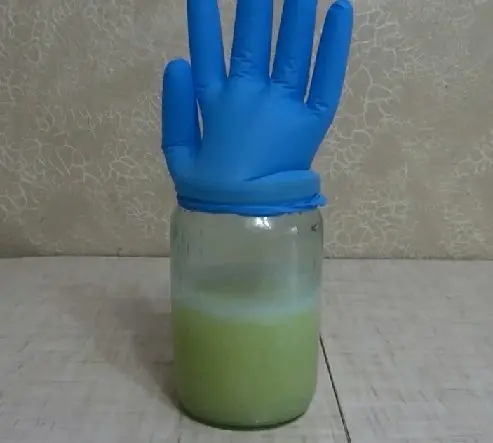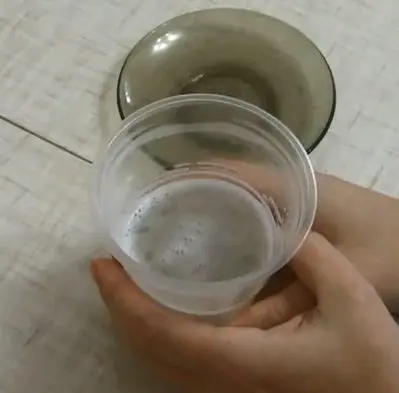Contents
Sometimes you need to propagate good or rare yeast, of which there are very few left. This is often done with alcohol and wine strains if there is no time to wait for the cherished bag to appear on sale or be delivered from another region. But you can also dilute the usual ones: dry or bakery pressed. We will look at the old way of propagating yeast at home, suitable for any race.
Theory
If you add less than the amount of yeast recommended in the recipes, the fermentation will last much longer, and the taste of the finished drink may deteriorate due to the long stay on the sediment. In addition, with too long fermentation, some yeasts release harmful substances into the wort. Therefore, if there is not enough strain left, it is better to dilute it separately in a nutrient medium first and only then add it to the mash or wort.
In addition to sugar (acting as “food”), for rapid reproduction, yeast requires acids and trace elements that accelerate biochemical processes. The most important substances are nitrogen, phosphorus, potassium, calcium, iron and magnesium. At home, it is easiest to create a suitable nutrient medium from malt (sprouted grain) or potato tubers.
Since potatoes are more accessible than malt and do not require preliminary preparation, and the result is the same in both cases, we will further consider a technique based specifically on potatoes.
Yeast Propagation Ingredients:
- small raw potatoes – 2 pieces;
- sugar – 1 tablespoon with a slide;
- salt – half a tablespoon;
- warm water (maximum 30 ° C) – 250 ml;
- yeast – how much is left (a quarter of a teaspoon or less).
To activate the starter for 3-4 liters of mash (juice):
- warm water (40 ° C) – 100 ml;
- sugar – 1 tablespoon without a slide;
- ready-made yeast – 2 tablespoons.
Subject to the methodology, the potato medium does not affect the taste of the drink in any way; the resulting sourdough can be used to make wine or fruit mash.
Yeast breeding technology
1. Wash and peel raw potatoes. Grind on a fine grater.
2. Pour the resulting mass into a small saucepan. Add a heaping tablespoon of sugar and half a tablespoon of salt.
3. Pour in water. Mix until smooth.
4. Bring to a boil and immediately remove from heat (do not boil).
5. Cool the mixture to 25-30°C.
6. Pour the prepared nutrient medium into a jar, filling 50-70% of the volume so that there is free space. Add the remains of the cultural race of yeast. Mix.
7. Put on a glove or put a water seal on the neck of the jar. Remove the jar to a dark place at room temperature. After 6-12 hours, the yeast will become active and begin to develop – the glove will inflate or the water seal will begin to release gas, the nutrient medium will increase in volume.

8. Depending on the type and freshness of the yeast, fermentation will end in 24-72 hours: the glove will fall off (the water seal will stop gurgling), and foam will disappear from the surface. Pour the diluted yeast into a smaller container so that the mass occupies the entire volume and there is no contact with oxygen. Seal the sourdough tightly and transfer to the refrigerator. Shelf life – up to 3 weeks.
9. To activate the propagated yeast, before adding to the mash, remove the yeast from the refrigerator. In a separate container with 100 ml of water heated to 30 ° C, add 2 tablespoons of sourdough and 1 tablespoon of sugar. Stir until sugar dissolves. Cover and put in a warm place for 4 hours, then add to the mash. Sourdough is enough for 3-4 liters of mash or juice.

10. The resulting yeast can be propagated several times using the above technology.









